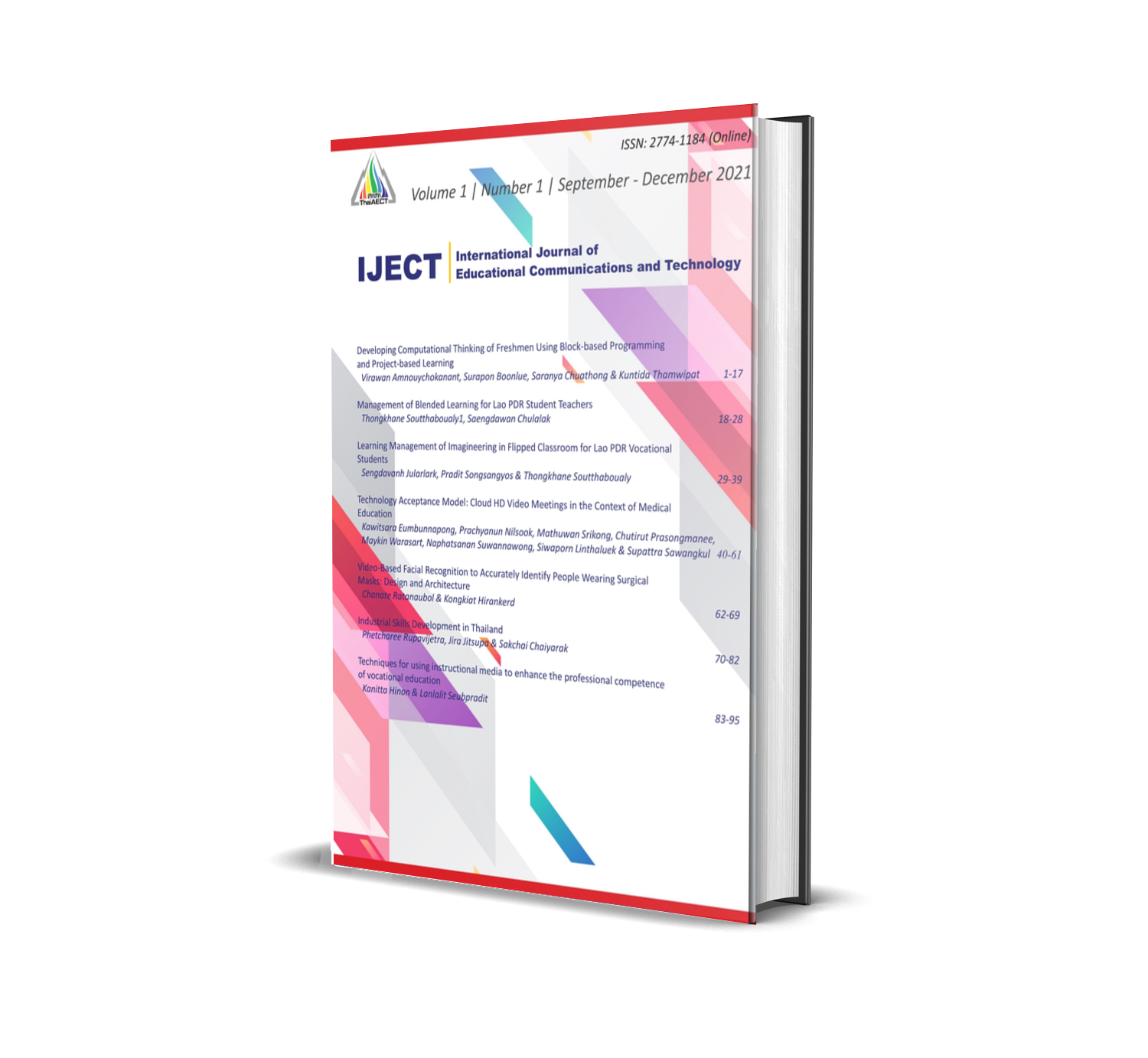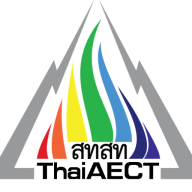Designing Flipped Classroom with Imagineering: A Case Study in Digital Literacy
Keywords:
Flipped Classroom, Imagineering, Digital CitizenAbstract
In today's world, technology is used in all aspects of life, including communication, work, learning, gaming, and entertainment. Therefore, technology is essential. Flipped classroom is an appropriate teaching technique for managing teaching in the modern world. This academic paper studies the design of a flipped classroom combined with engineering imagination, a case study of digital literacy, as a guideline for application for undergraduate students at Suan Sunandha Rajabhat University. The researcher studied the concepts, theories, and relevant research of flipped classroom, engineering imagination, and digital citizenship to design a flipped classroom combined with engineering imagination. The course content is "Digital Literacy", which will help promote digital citizenship. The digital citizenship competency of Thailand consists of 5 dimensions: Digital Identity, Digital Use, Digital Security, Digital Literacy, and Digital Communication. Flipped classroom allows students to learn independently through technology-based learning outside the classroom, and in-class activities using the imagineering process will help students develop digital skills for being a digital citizen of Thailand.
References
Bergmann Jonathan, & Sams Aaron. (2012). Flip your classroom : reach every student in every class every day.
Chenail, R. J. (2004). When Disney meets the research park: Metaphors and models for engineering an online learning community of tomorrow. The Internet and Higher Education, 7(2), 107–121. https://doi.org/10.1016/J.IHEDUC.2004.03.001
Electronic Transactions Development Agency. (2021). ETDA continues the “Digital Citizen” course, strengthening digital citizens for almost 500 people. Https://Www.Etda.or.Th/Th/Pr-News/ETDA-Updates-Digital-Citizen-Courses.Aspx.
Joshua, W. (2016). Flipped Learning in a Middle School Classroom. UNIVERSITY OF HAWAI.
Kittiphan, W. (2017). Effects of Organizing Mathematics Learning Activities Using The Flipped Classroom Approach And Active Learning On Mathematical Problem Solving And Critical Thinking Abilites of Eleventh Grade Students. Chulalongkorn University.
Pinanta, C. (2018). The synthesis of activity model using project-based learning of imagineering to enchance creative construction of multimedia skills and cooperative skills. Silpakorn University Journal, 38(1), 161–161.
Piyawadee, P. (2016). Development of a Flipped Classroom by Scientific Inquiry Learning on a Social Cloud Model to Enhance Lifelong Learning Skills for Undergraduate Students. King Mongkut’s University of Technology North Bangkok.
Prachyanun, N. (2021). Teaching and learning techniques based on vocational competency. https://www.slideshare.net/prachyanun1/2-248108454
Prachyanun, N., & Panita, W. (2013). Imagineering Learning. Journal of Technical Education Development, 26(86), 33–37.
Somsak, T. (2016). Learning Model of Scientific Imagineering through Augmented Reality in order to enhance STEM Literacy. King Mongkut’s University of Technology North Bangkok .
Vicharn, P. (2013). Teachers for pupils build a classroom upside down. (Vol. 2). The Siam Commercial Foundation.
Waraporn, P. (2021). The Development of learning achievment science Course usingflipped classroom with google clasroom for grade 8 student. Rangsit University.
Yuhyun Park, & DQ Institute. (2019). Digital Intelligence DQ Global Standards Report 2019. https://www.dqinstitute.org/dq-framework
Downloads
Published
How to Cite
Issue
Section
License
Copyright (c) 2023 International Journal of Educational Communications and Technology

This work is licensed under a Creative Commons Attribution-NonCommercial-NoDerivatives 4.0 International License.







